https://researchportal.bath.ac.uk/en/persons/dylan-thompson. Co-Director of the Centre for Nutrition, Exercise and Metabolism https://www.bath.ac.uk/research-centres/centre-for-nutrition-exercise-and-metabolism/
Opportunity to lead on an RCT involving symbiotic supplementation and ketogenic diets
www.bath.ac.uk/jobs/Vacancy...
Building in our prior work
pubmed.ncbi.nlm.nih.gov/39106867/
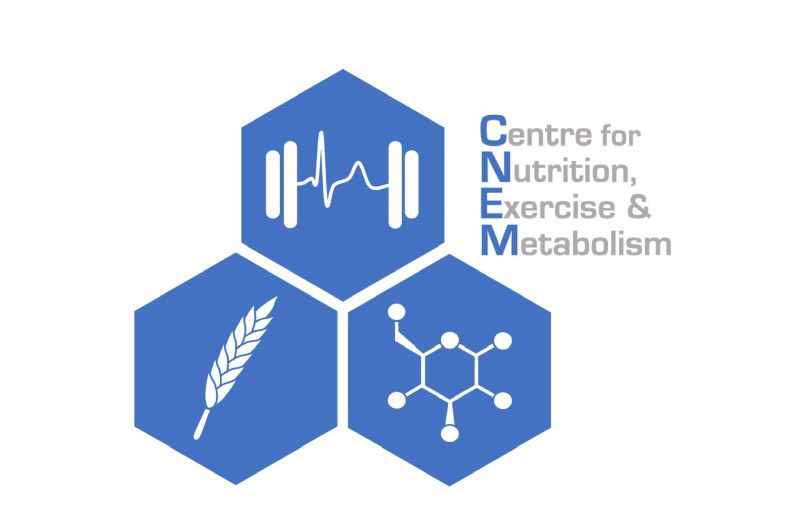
Opportunity to lead on an RCT involving symbiotic supplementation and ketogenic diets
www.bath.ac.uk/jobs/Vacancy...
Building in our prior work
pubmed.ncbi.nlm.nih.gov/39106867/
vitamindworkshop.org/montreal-2025
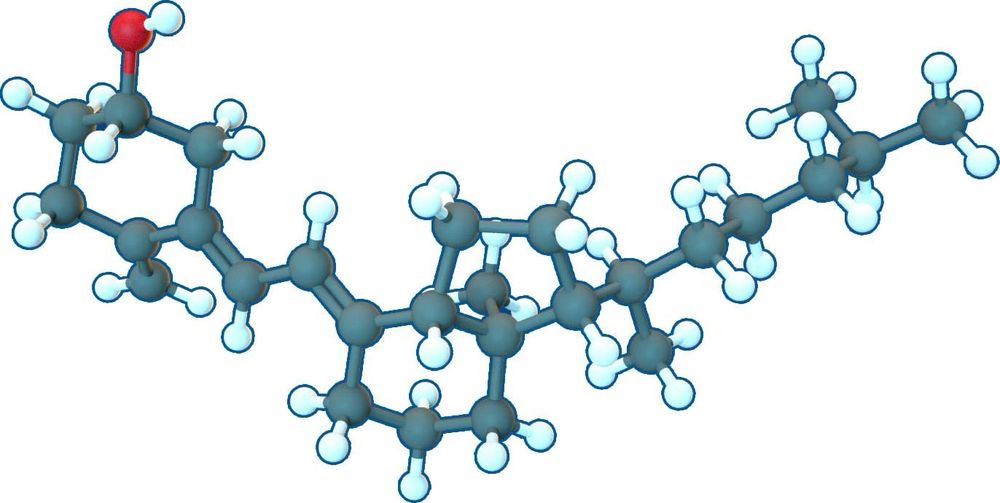
vitamindworkshop.org/montreal-2025
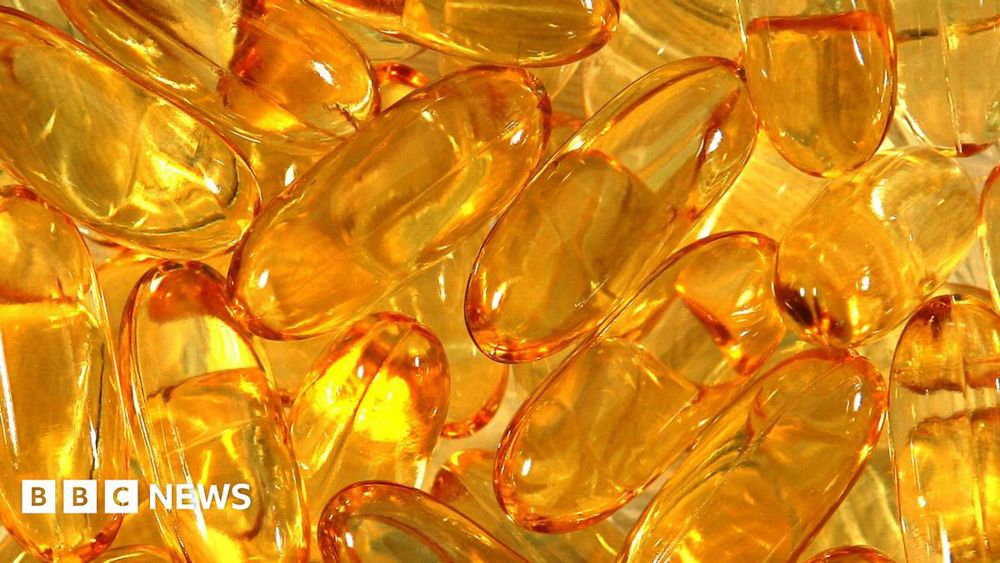

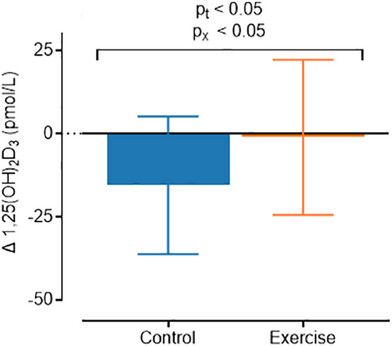
www.sciencedirect.com/science/arti...
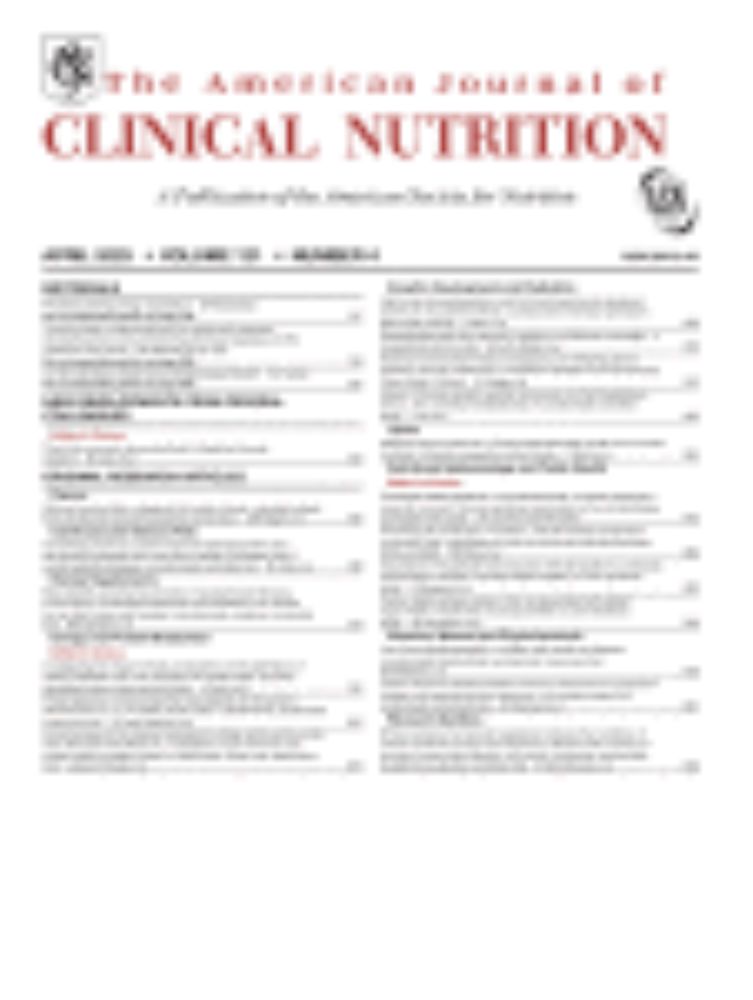
www.sciencedirect.com/science/arti...

📮 Read it here: buff.ly/ECX1whu

📮 Read it here: buff.ly/ECX1whu
Submissions to the journal are now open and APCs are waived until 2027.
🔗Watch the full video to learn more: youtu.be/xs3nsjO1pbk
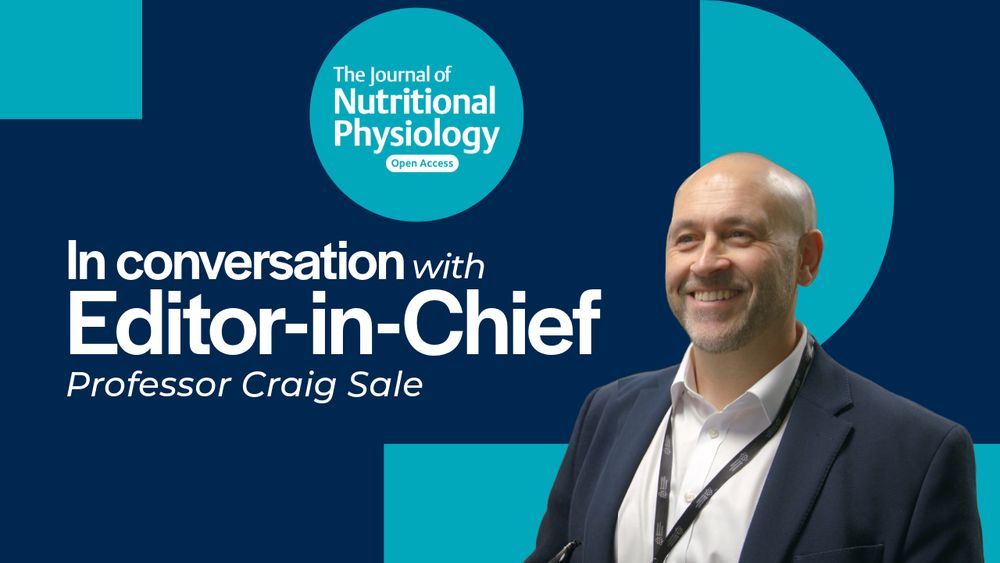
Submissions to the journal are now open and APCs are waived until 2027.
🔗Watch the full video to learn more: youtu.be/xs3nsjO1pbk




theconversation.com/exercise-doe...

theconversation.com/exercise-doe...


